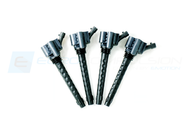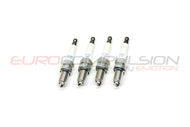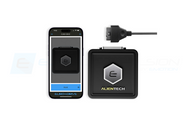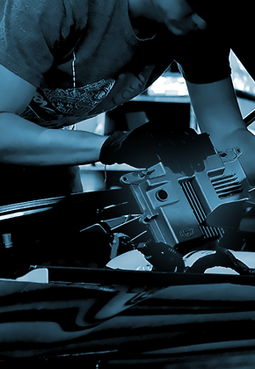Greg explores how modern engine management systems can detect or determine that a vehicle is on a testing dyno, and how this affects the measured results. With testing that started back in 2013, and based on comparisons with OBD data on and off the dyno, we have found that wheel speed sensors will see a difference in speeds between the front and rear wheels, causing the ECU to pull back power and more drastically as you increase power on the vehicle. Even on most all wheel drive dyno setups, this happens because the belts connecting the rollers allow for some slippage.
After discovering this to be true, we opted to use Auterra for power measurement because although it's not perfect, it was the best option we had at the time. Times have changed. Now someone makes a dyno that can properly test these cars, and we have one! Now that we have a dyno with hydraulically linked and computer synced rollers, we can prove it. With the rollers synced, the car can NOT detect that it's on a dyno, so we can compare that to a dyno pull on the same dyno with the rear rollers only.
Using a test tune and back to back runs with equal cooling time, our Fiat 124 Spider puts this theory to the test. Were we right? Do these cars pull power on a conventional dyno? Let's find out. We can run the car with the front and rear rollers synced so the car won't know anything is amiss. Then we can disconnect the non-drive wheels and run it again.





